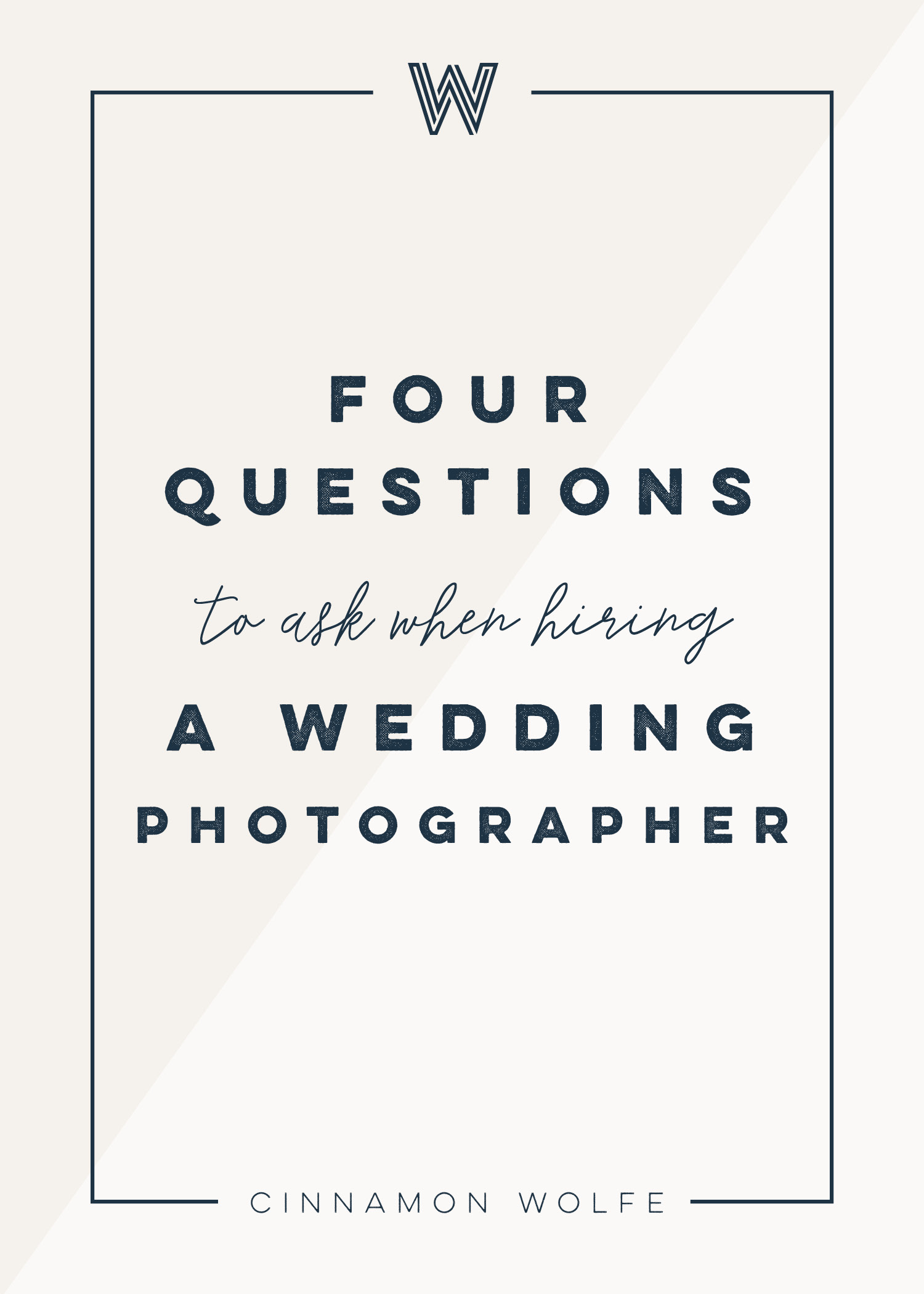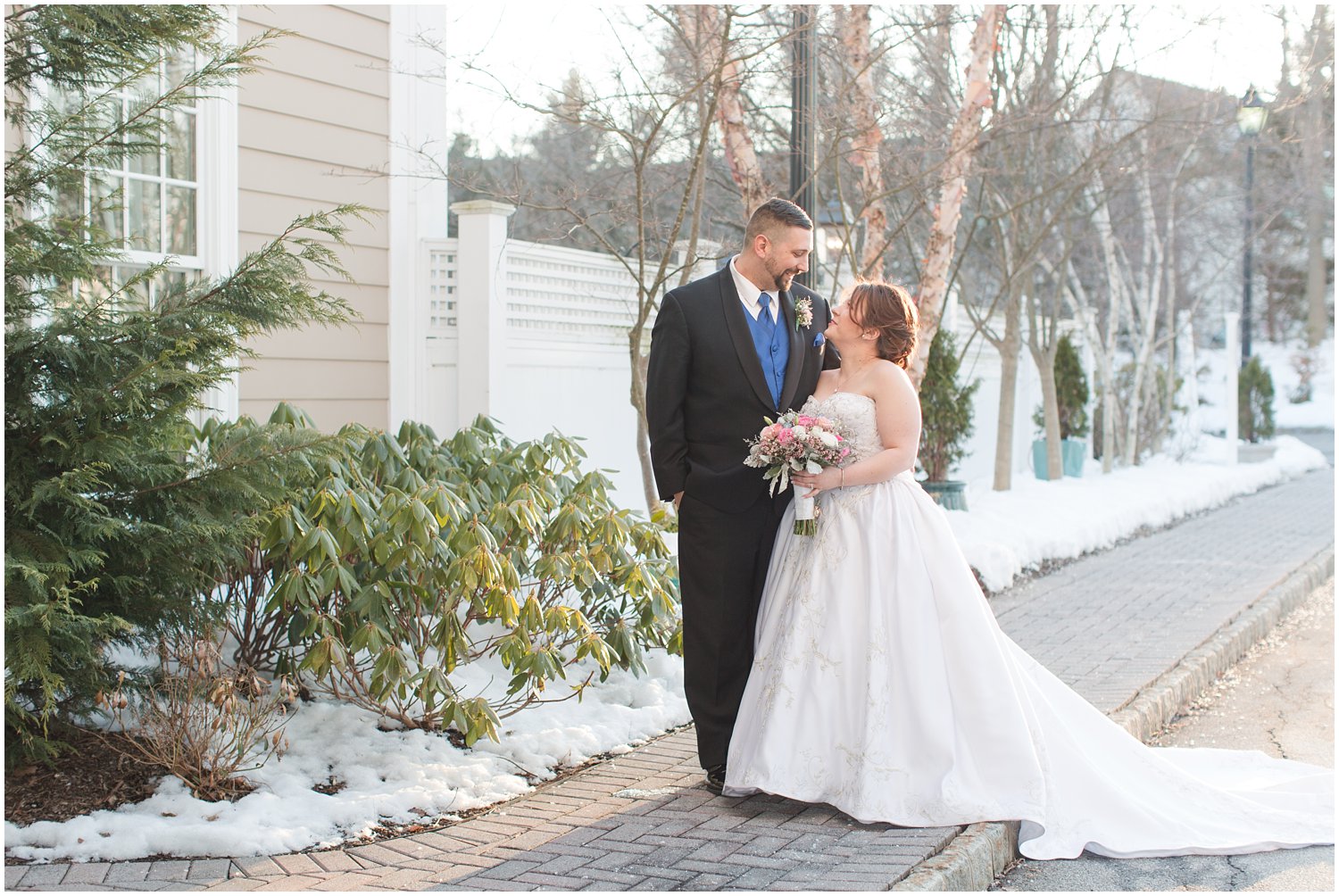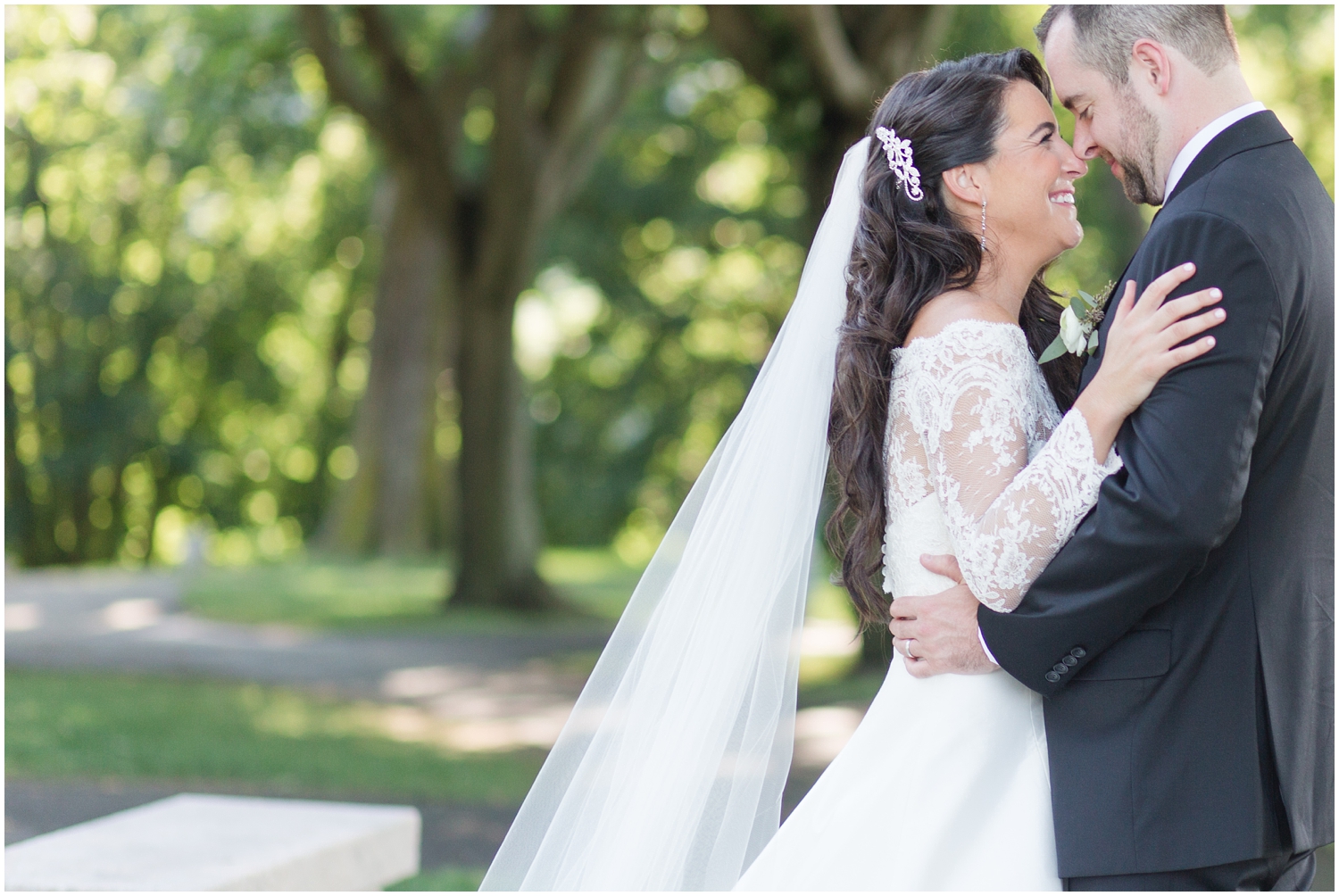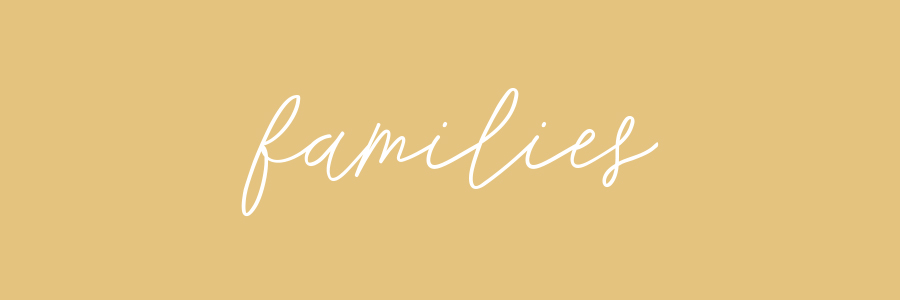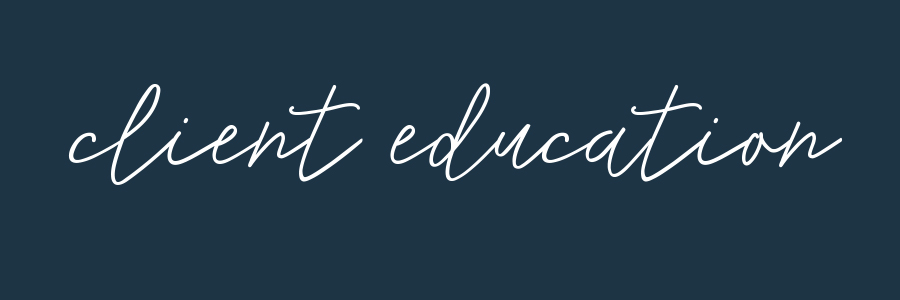The ins and outs of aspect Ratio
/Aspect Ratio.
What is it and how does it affect you?
The technical definition:
The aspect ratio of an image describes the proportional relationship between its width and its height.
You might be asking yourself....do I really need to know that much about this? It doesn't affect me at all right?
Stop. Back it up. {beep.beep.beep} It CAN affect you so listen up!
Sorry for getting all bossy there for a minute.
Aspect ratio is something we all need to be aware of as it could have a BIG impact on your printed images.
The most, most, MOST important thing to realize is that the output of most cameras digital files is a 3:2 aspect ratio or a typical 4x6 printed images. OTHER printed images sizes, however, are NOT a 3:2 aspect ratio which will change the look of your final printed image.
Here is an example with the same image so you can see how this might affect you.
3:2 aspect ratio (4x6, 8x12, 12x18, 16x24) This is the original image as it came out of the camera
7:5 aspect ratio: (5x7, 2.5x3.5) You can see how on each side the crop is much closer to both mom and dads ears.
5:4 aspect ratio: (8x10) 8x10 is quite often a photographers biggest nightmare. It is SUCH a common frame size, that a lot of your images will end up in an 8x10 crop. You loose a full TWO inches from your images anytime it ends up as an 8x10. You can see how mom and dads ears are pretty much gone.
11x14- this size doesn't even really have a corresponding aspect ratio. It doesn't cut off quite as much as an 8x10, but it is close.
1:1 aspect ratio: (5x5, 8x8, 10x10) Square crops are usually done more for artistic purposes and are not that common, but you can see how it affects the image composition.
2:1 aspect ratio: (10x20) Another artistic crop. You loose top and bottom instead of side and side, but for some pictures a 2:1 crop is quite appealing.
For most images, changing the aspect ratio (or crop) will have a minor effect on the image, but for others, the effect could be HUGE like chopping off of a head or hand, or some other part of the image that is essential to its composition.
Personally I don't think any of the above images look "bad". They are just different from the original. It is important for all clients to understand that what you see while proofing your image might look slightly different when you order prints depending on what size you order.
As a photographer, I try to address aspect ratio when shooting. I attempt to leave enough room around edges so that the look and feel of the image won't change if it ends up being printed an 8x10. However, this is not possible for ALL images so its very important for those purchasing digital files to understand how aspect ratio works if they will be printing out their images.
One last note....regarding canvas wraps. Canvases are very popular right now for good reason. They are beautiful and durable ways to display your family photos. However, most canvases WRAP around the sides which means you loose even more from every side of your photo. Any of the above made into a canvas (even the original) will have a different look and feel once placed on a canvas. Keep that in mind when deciding which of your beautiful family images you want to make into a canvas!!
I hope this article was helpful and let me know if you have any questions!








